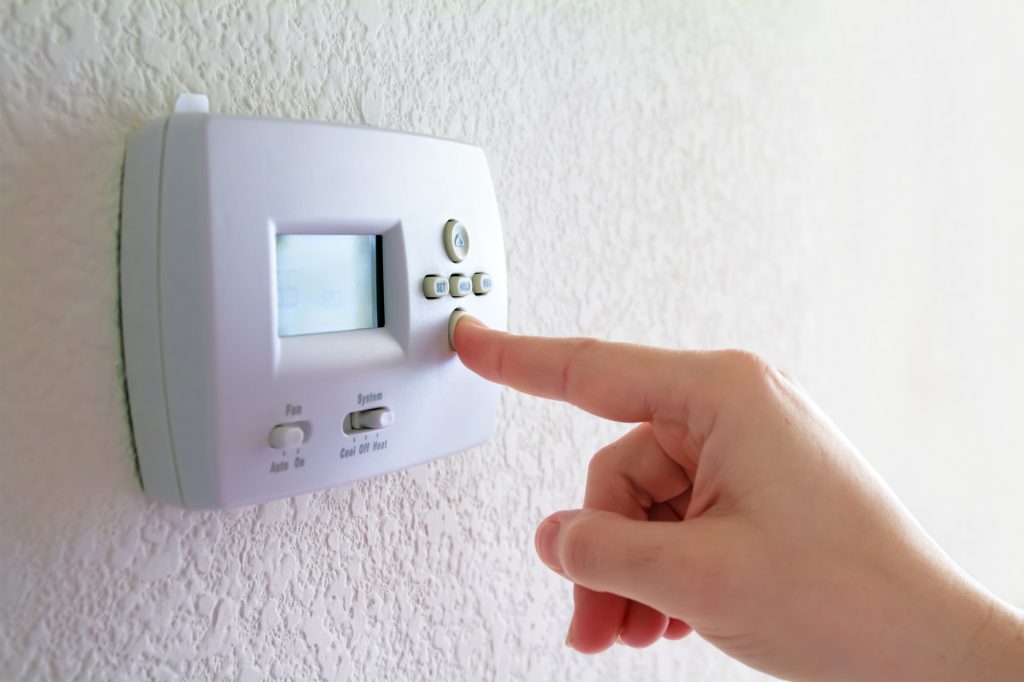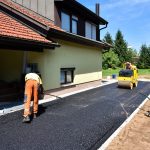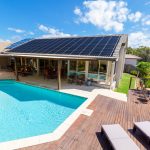Ideal Home Comfort: The Perfect Thermostat Settings for Your Home
Do you want to save money on your energy bills every month while keeping your home as comfortable as possible at the same time?
The key is finding the right thermostat settings and using them to your advantage. Whether it’s the dead of winter or the dog days of summer, you can heat and cool your home more effectively by learning how to program your thermostat.
You can also cut back on the amount of energy you use pretty dramatically by adjusting your thermostat when you’re not at home. According to the Department of Energy, you can save up to 10 percent on your annual heating and cooling costs by raising or lowering your thermostat by 7 to 10 degrees for eight hours during the day.
But before you tinker around with your thermostat too much, take the time to educate yourself about the best thermostat settings for your home.
What Is the Ideal Temperature for Your Home?
Before we get into some of the specific thermostat settings you should use in your home throughout the year, let’s take a moment to talk about the ideal temperature for your home.
In a perfect world, your home’s temperature would fall somewhere between 70 and 78 degrees Fahrenheit. When the temperature sits in that range, you’ll likely feel comfortable without racking up high energy bills.
But with that being said, you shouldn’t necessarily strive to have it sit between 70 and 78 degrees all year long. If you set your thermostat above 70 in the wintertime or below 78 in the summertime, it’ll usually put too much of a strain on your home’s HVAC system.
Instead, it’s important to adjust your thermostat settings based on the time of year and whether or not you plan to be home. Continue reading to learn more about those settings.
The Ideal Thermostat Settings in the Winter
If you live in a part of the country where it gets cold in the winter, you’re going to rely on your home’s heating system to keep you warm. Your heating system is designed to distribute warm air throughout your home to increase the temperature quickly.
In the winter, your goal should be to keep your temperature hovering right around 68 degrees. You can achieve this goal by setting your thermostat to 68 degrees when you’re at home.
But one thing that some homeowners don’t realize is that they shouldn’t keep their thermostats set at 68 degrees in the winter all the time. They can actually save as much as 5 percent on their monthly heating costs for each degree that they turn their heating system down in the winter.
You should strongly consider adjusting your thermostat in the winter so that your home is colder during the day when you’re not at home. You don’t want to turn it too low. But you can set it as low as 60 degrees to limit the amount of time your heating system has to run when you’re at work or school.
Get into the habit of turning your thermostat up to 68 degrees in the winter when you’re home and down to 60 degrees when you’re not, and it’ll pay off in a big way.
The Ideal Thermostat Settings in the Summer
If you live in a part of the country where it gets hot in the summer, your home’s cooling system is really going to come in handy. It’ll remove humidity from your house while pumping cool air throughout it. This will help you beat the heat.
When summer rolls around, your goal should be to keep your home’s temperature right around 78 degrees when you’re at home. If it’s especially humid out and you want to set the temperature a little lower than that from time to time, that’s fine. But 78 degrees should be the standard.
You shouldn’t have your thermostat set to 78 degrees at all times, though. Just like with the heat in the wintertime, there’s no sense in running your air conditioner all day long if you’re not going to be at home. Adjust your thermostat to somewhere between 80 and 83 degrees when you’re at work.
Additionally, you should either shut your AC unit off altogether when you go away on summer vacation or keep your thermostat set around 83 degrees. https://www.onehourac.com/ has additional tips for setting your home’s thermostat when you’re not around in the summertime.
The Ideal Thermostat Settings for Sleeping
One of the best ways to save money on heating and cooling your home is by adjusting your thermostat accordingly when you’re sleeping. You don’t need it to be too warm or too cool in your home if you’re going to be asleep anyway.
The ideal temperature for sleeping falls somewhere between 65 and 72 degrees. If you’re able to get the temperature into that range, you’ll usually sleep better than you will if it falls out of it.
The great news is that you usually won’t have to rely on your heating and cooling systems to get your temperature into that range. As long as you’re heating and cooling your home properly during the day, it’ll end up in that range at night.
But make sure you aren’t setting your temperature too high in the winter or too low in the summer at night. It could be a big waste of energy on your part.
The Ideal Thermostat Settings for Infants, Pets, and Plants
Do you have infants, pets, or plants in your home? Then you need to pay extra close attention to your thermostat settings.
You can still follow most of the other settings listed here. But you should keep the ideal thermostat settings for infants, pets, and plants in mind as you do. These settings are:
- Between 65 and 74 degrees for infants
- Between 64 and 78 degrees for pets
- Between 60 and 75 degrees for plants
Try not to let your home’s temperature fall out of those ranges if you have infants, pets, or plants.
Set Your Thermostat to the Right Temperature and Enjoy Big Savings
At this point, your head might be spinning from all the temperature ranges that have been thrown around. But finding the best thermostat settings and using them isn’t nearly as difficult as it might seem!
By making a small adjustment to your thermostat depending on the time of year, you can save money and make sure your home is comfortable in the process. It’s well worth the time it’ll take to learn the right settings.
Read our blog for more helpful tips you can use around your home.





